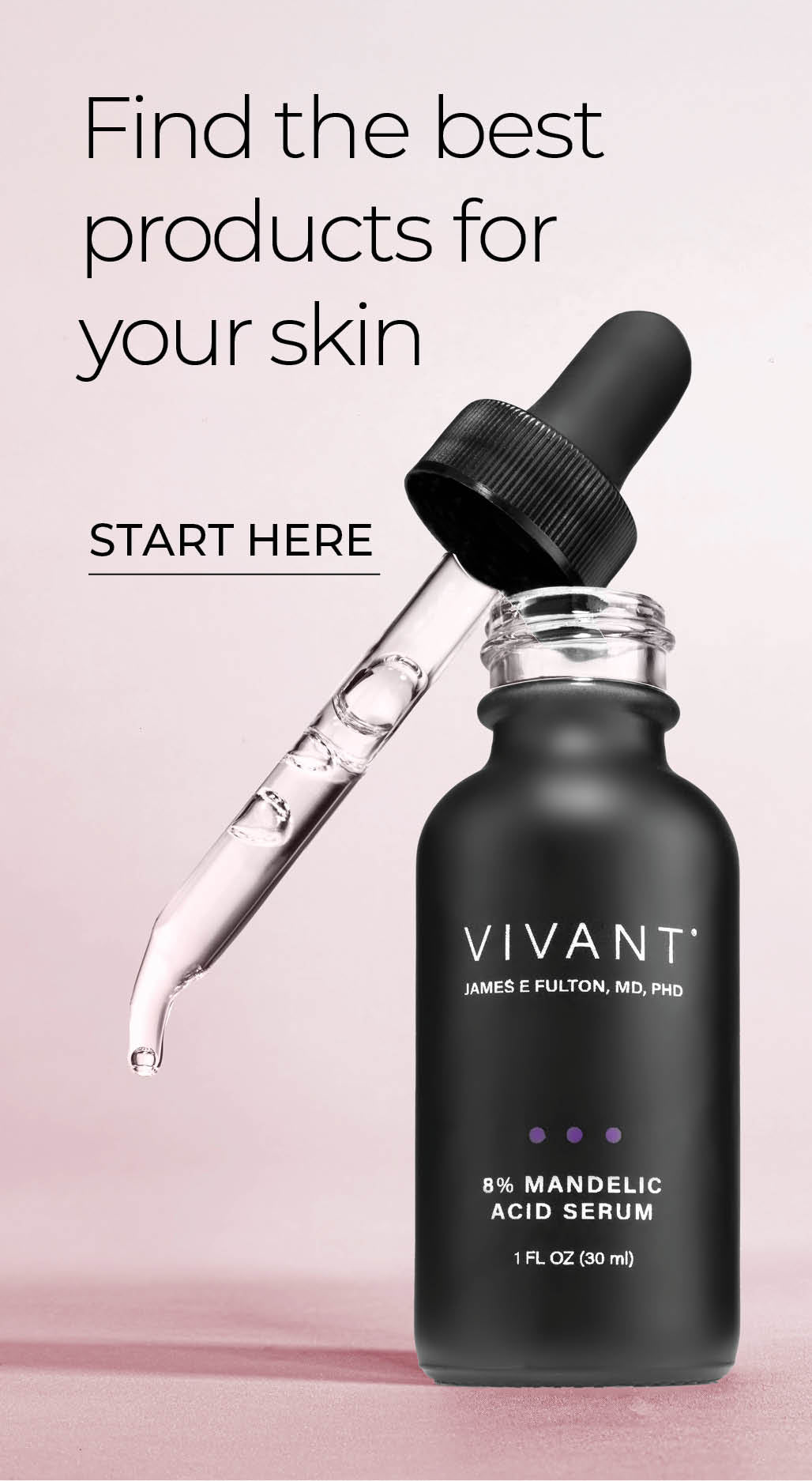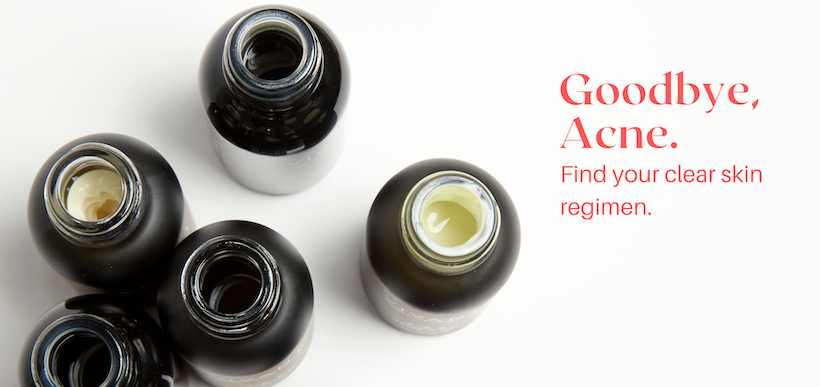Facial or a Peel: What’s the Difference and Which Should You Get?

We believe strongly in the power of professional treatment to enhance and elevate your home regimen. Professional facials and peels are indispensable tools in keeping skin healthy, resilient, and youthful-looking. But with so many options out there, it can be hard to know which is right for you.
Both facials and peels have a vital role to play in your overall skin health. The choice comes down to your skin goals and your personal preferences. Let’s get into the details.
What is a facial?
This essential esthetic treatment is probably the first thing that comes to mind when you think of professional treatments. The vision of cucumber slices on the eyes and champagne at the ready might make you think the facial is more of a spa treatment than serious skincare, but the benefits are anything but trivial.
A professional facial incorporates a combination of therapeutic components for revitalizing your skin, including cleansing, steaming, exfoliation, facial massage, extraction, and masking to deeply cleanse and rid the skin of unwanted buildup of oil, dirt, bacteria, and cellular debris, and hydrate the skin. The process revs up microcirculation, oxygenating and nourishing the skin, and encouraging cell renewal. Your esthetician will use products tailored to your skin type and condition to target your specific concerns.
A monthly facial is recommended to maintain healthy skin tone and texture and promote a youthful, radiant tone.
What is a Chemical Peel?
A chemical peel is a more advanced treatment involving the application of multiple layers of an exfoliating solution to the face, neck, or hands to reveal a smoother, brighter, rejuvenated appearance. A peel improves skin texture and tone by removing the top layers of skin, including cellular buildup, impactions, and excess pigment. A series of peels over time will also reduce scar tissue.
What are the different types of Peels?
Alpha-hydroxy (AHA) Peels
AHA peels are among the gentlest peels because they penetrate only the stratum corneum, the outermost layer of skin. Glycolic acid and mandelic acid peels, two of our favorite AHAs, are excellent for treating mild pigmentation, fine lines, and mild to moderate acne. Both promote collagen and elastin production to combat fine lines and wrinkles and help to disperse surface pigment. For acne-prone skin, mandelic acid has the advantage of being antibacterial. It’s also a more gentle acid because of its larger molecular structure, making it an ideal choice for sensitive or dark skin tones prone to hyperpigmentation.
Vivant’s professional Glycolic Acid 20% Peel or Mandelic Acid 30% Peel are excellent as a boost to any regimen, or as a maintenance program for even tone, smooth texture, and enhanced firmness, and elasticity.
Enzyme Peels
These fruit acid peels are so gentle they are sometimes referred to as “lunchtime peels” because there’s no downtime required. The enzymatic process is gentler than an AHA exfoliation because enzymes are activated by water and don’t penetrate as deeply as AHAs. Enzymes accelerate cell turnover by digesting protein—dead skin cells and the cellular glue that binds them together—and encouraging new cells to form. Despite their milder action, enzymes yield some dramatic results delivering smoother, more supple skin texture and a brighter, more radiant tone.
Vivant offers two professional enzyme peels. Prozyme Lite (pineapple enzymes) is a moderate treatment for all skin types. Prozyme Forté (papaya enzymes and rosemary) is best for oily or acne-prone skin.
TCA Peels
Trichloroacetic acid is a peeling agent derived from vinegar that penetrates the skin more deeply to remove the top layers of skin. The resulting peel is more dramatic, think a snake shedding its skin, and therefore, the results are more dramatic as well. TCA peels are good for reducing the appearance of wrinkles, acne scarring, and pigmentation.
Vivant’s ProPeel® blends lactic, salicylic, and citric acids, plus TCA to jumpstart cell regeneration, stimulate new collagen, and improve surface texture and appearance.
In A Nutshell
A facial employs therapeutic techniques and products to deep-clean pores, extract blackheads, hydrate, and revive the skin. A chemical peel uses acids to lift the surface layer or layers of cells to bring more lasting changes to the skin.
Vivant’s professional treatments are available through select skin care professionals. To find one near you, use the “Find a Professional” tool on our website.


Comments